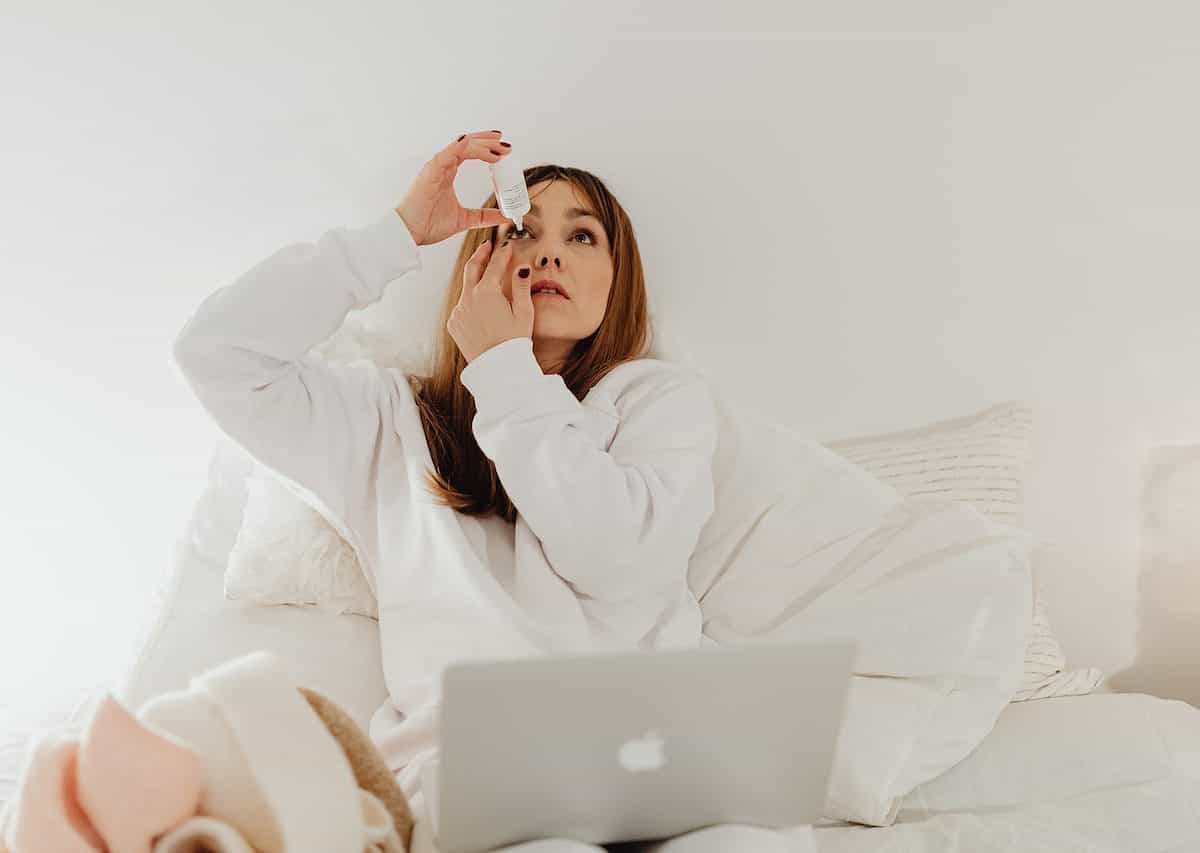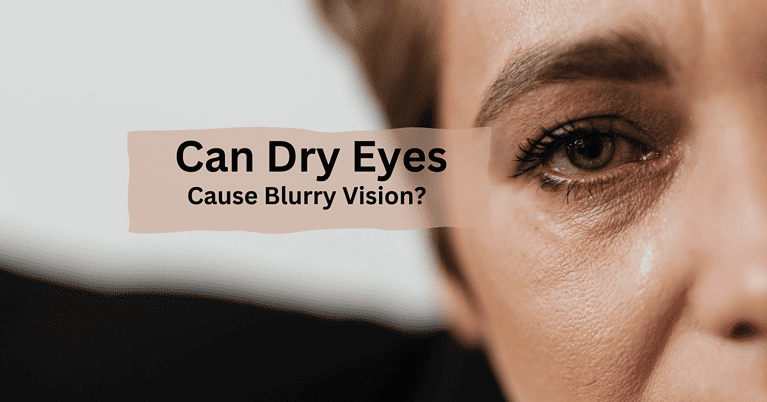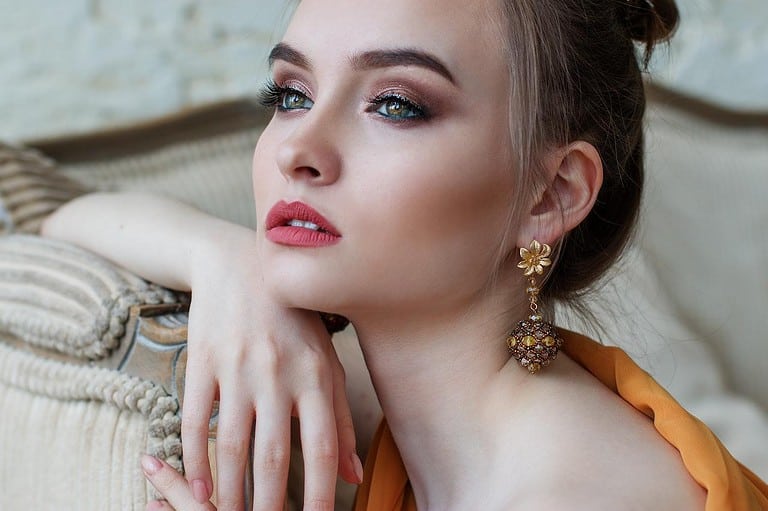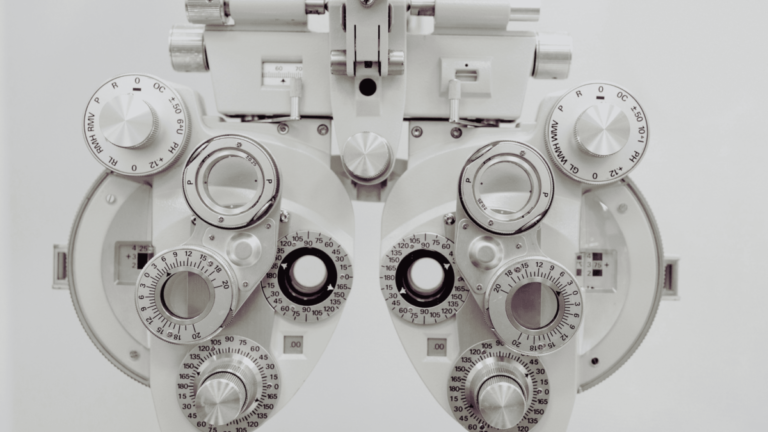
Anyone who wears contacts knows how uncomfortable contacts can be if they are dry, itchy, or red. Instead of ripping the lenses out, be prepared by having eye drops on hand.
Going to the eye drop aisle at the grocery store can be daunting. There are SO MANY choices. How do you know what one to pick? How do you know which are the best eye drops for contacts?
Getting an eye drop that actually works will be easy after reading this article.
This article is for informational purposes only and does not provide medical advice or recommendations. You should always seek the care of a medical professional or qualified healthcare provider for recommendations, questions, diagnosis, and treatment. Never delay seeing your healthcare provider if you have questions or concerns about your health as the material provided on this website is for informational purposes only. This article may contain affiliate links. By clicking a link we may receive a small commission at no cost to you. Please see our privacy policy and Disclosure for more details.
7 Best Eye Drops for Contacts
Most eye drops for contacts do not help create your own natural tears. They work by supplementing hydration that the eye is lacking. This list of lubrication, redness relieving, and allergy eye drops is in no particular order and rewived by Dr. Spearin an optometrist in the Pacific Northwest. Finding the right eye drop for you will be a trial-and-error process. This list gives you a great starting point.
1. Blink For Contacts

This eye drop is best to help increase moisture while wearing your contact lenses. It can be used with soft contact lenses and rigid gas-permeable lenses. It is a preserved eye drop that can be used before or while wearing contact lenses.
- Active Ingredient: 0.25% polyethylene Glycol 400
- Usage: 1 drop per eye up to four times per day
- Bottle should be discard by expiration date listed on the bottle
- Best for mild to moderate dry eye
- Can be used for soft contact lenses and rigid contact lenses
2. Ivizia

This preservative-free eye drop is one of the best eye drops for contact lens wearers. It is a rewetting drop perfect for dry eyes due to its ability to stabilize the natural tear layer on the eye’s surface longer than other eye drops on the market. Ivizia can be used with contact lens wear or on its own.
- Active ingredient:0.5% Povidone
- Usage: 1 drop per eye as many times as needed
- Bottle should be within 90 days of opening or before expiration date, which ever comes sooner
- Best for mild to moderate dry eye
3. Hylo Forte

This preservative-free eye drop also does a great artificial tear for dry eye. It also does a fantastic job stabilizing your tear layer which in turn keeps your eyes feeling better longer. This eye drop can be used with contact lens wear or on its own.
- Active ingredient: 0.2% hyaluronic acid
- Usage: 1 drop per eye as many times as needed
- Bottle should be within 6 months of opening or before expiration date which ever comes sooner
- Best for: severe or persistent dry eye
4. Refresh Relieva for Contacts

This is a lubrication eye drop that works well for those who wear contacts. It can be used while wearing your contacts. The drop uses Hydrocell technology which helps maintain the eye drop in your eyes for a longer period of time.
- Active ingredients:0.5% Carboxymethylcellulose sodium & 0.9% Glycerin
- Usage: 1 drop per eye up to four times per day
- Bottle should be within 90 days of opening or before expiration date which ever comes sooner
- Best for mild- moderate dry eye
- Can be used for both soft and rigid gas permeable contact lenses
5. Retaine MGD

Retaine MGD is a preservative-free rewetting drop that helps stabilize the lipid or the “fatty” layer of your own tear film. It is milky-white, without odor and thicker than other eye drops. This eye drop is not indicated to be used while wearing contacts however, it does a really good job lubricating the eyes and is long lasting. With Retiane MGD you may not need any other eye drops throughout the day if instilled in the morning
- Active Ingredients: 0.5% light mineral oil & 0.5% mineral oil
- Usage: Shake vial before using. 1 vial gives you 1-2 drops in each eye
- Vials should be discarded after opening or by expiration date, whichever comes first. Never keep an opened vial for more than one day.
- Best for mild to moderate dry eye
- Do not use while wearing your contacts. Shake the vial and then instill 1-2 drops 10 minutes before inserting your contact lenses.
6. Lastacaft

Lastacaft is a fabulous eye dry used to treat eye allergies. A few years ago you could only get this drop with a prescription, but now it can be found over the counter. It gives quick relief for itchy eyes which lasts all day.
- Active ingredient: 0.25% alcaftadine
- Usage: 1 drop in each eye per day as needed
- Best for: mild-moderate eye allergies
- Do not use while wearing your contact lenses. Instill 1 drop per eye 10 minutes before inserting your contact lenses.
7. Lumify

Lumify is an eye drop that helps minimize mild eye redness. It isn’t preservative free and does contain BAK which can irritate the eyes and cause dryness. Typically BAK should be avoided however, when compared to other redness relievers lumify is better for the eyes. This drop doesn’t constrict all of the blood vessels on the front surface of the eyes which reduces the rebound affect. The rebound effect is when the eyes become more red than there were before using the eye drop. Lumify reduces the likelihood of this happening by only targeting some of the blood vessels.
- Active Ingredient: 0.025% brimonidine tartrate
- Usage: 1 drop in each eye every 6-8 hours. Do not use more than 4 times a day.
- Best For: eye redness
- Do not use while wearing your contact lenses. Instill 1 drop per eye 10 minutes before inserting your contact lenses.
What Ingredients Should I Avoid When Picking Out Eye Drops?
There are a few ingredients to avoid when buying eye drops. If possible avoid:
- Naphcon-A or Naphazoline Hydrochloride (redness relievers)
- Preservatives like Benzalkonium Chloride (BAK)
Why do People Who Wear Contacts Need Eye Drops?
Many individuals who wear contacts have dry eyes. For some their contact lenses can become uncomfortable and artificial tears can provide temporary relieve and increase their wear time.
Is it Safe To Use Eye Drops Every Single Day?
Yes, it is safe to use eye drops daily.
It is recommended to use eye drops with preservatives no more than 4 times per day. If you need to use drops more often, use a preservative free eye drop instead.
If the tip of the eye drop bottle or vial touches fingers, skin, eyelashes, or anything dirty, discard the product to reduce infections that may lead to blindness.
Is It Safe to Use Preservative Free Eye Drops?
Yes, as long as the tip of the bottle does not touch your skin or eyelashes. If it does it is best to discard the eye drop.
Preservatives are added to eye drops to increase the shelf life and kill bacteria. If a drop does not have preservatives it can easily be infected with bacteria.
So if the tip of the bottle gets contaminated with bacteria it can easily get into the bottle and cause eye infections or blindness.
Many preservative free eye drops are in single use vials which means you use it once and toss it. This is a great way to use these eye drops because if it gets contaminated it is already in the trash.
Other preservative free eye drops come in multidose bottles. It is best to find bottles with special designed bottle tips that protect the tip from contamination.
What is Dry Eye?
For simplicities sake, there are two types main types of dry eyes: aqueous deficiency and evaporative.
Aqueous deficient dry eye is when you don’t have enough of your “crying” tears. This is can be caused by autoimmune diseases like sjogrens or damage to the lacrimal gland itself. Very few people have solely aqueous deficient dry eye.
Evaporative dry eye is more common than aqueous deficient dry eye. Most commonly it is caused by meibomian gland dysfunction (MGD) and incomplete blinks. The meibomian glands are located on your upper and lower eye lids. They produce a “fatty” tear that coats the eye when you blink. This lipid tear keeps the tear film from evaporating from the front surface of your eye. MGD can be caused by incomplete blinks or when the glands get clogged. If the glands get clogged they can die.
Makeup, medications, and your environment can exacerbate dry eye. Try and use makeup that does not increase inflammation and practice good makeup hygiene. Don’t sit in front of fans and heaters as the airflow into the eye can make your eyes irritated and dry.
What Are the Symptoms of Dry Eye?
Dry eye can be mild with no symptoms and severe with extreme discomfort. Common symptoms include:
- Redness
- Burning
- Tearing
- Irritation
- Foreign body sensation
- Fluctuating vision or periodic blurred vision
When Should I Visit my Eye Doctor?
When you wear contact lenses it is best to have a comprehensive eye exam every year.
If you need to use lubricating eye drops once in awhile it is probably okay to continue doing so without the need to follow up with your optometrist. However, if you are needing to use your eye drops daily or have dry, itchy, or irritated eyes, it is best to get it checked by your local eye doctor.
Using traditional eye drops is one of the first line treatments recommended but there are a multitude of great treatment options for dry eyes. Please seek care from an eye doctor to hear about the best treatment option for you. Dry Eye regimens are typically specific to the person and the trype of dry eye they are experiencing.
Best Eye Drops For Contact Lens Wearers Wrap-Up
Wearing contacts is awesome until they become irritating and uncomfortable. Contact lens wearers may periodically experience dry and irritated eyes. In order to increase contact lens comfort lubricating eye drops may help eye dryness.
Walking down the eye drop isle at the grocery store can be overwhelming.There are so many options available. It is best narrow down the best eye drops for contacts and then find one that works for you.
If you wear contacts it is best to get your eyes examined by your local optometrist once a year. Your doctor will be able to discuss your dry eye or allergy needs in more depth. Eye drops for contacts are just the first line treatment. There are a TON of other treatment options such as prescription eye drops and treatments that target the meibomian glands.





One Comment
Comments are closed.